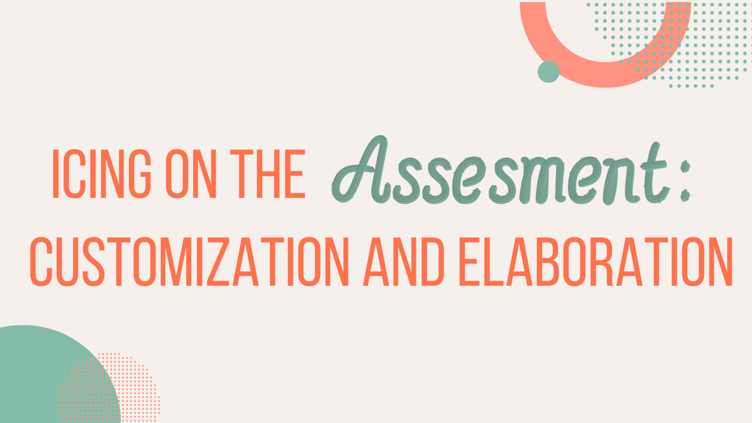Part 3: Icing on the “Assessment”: Customization and Elaboration

As described in part 1, the assessment statement represents a brief summary of the patient case. However, authors may elaborate on the statement differently based on their preference, situation or context. Ideally an AI generated summary might provide options for elaborating the summary with specific additional information or nuances that an author may choose from. In the example we cited the writer might add that it is in fact Dr. Mowdrigan who provided the discharge criteria for the patient:
.png?width=598&name=AI%20Blog%203%20(16).png)
Here are two other examples. In each case the role of the referenced doctor is slightly different:.png?width=598&name=AI%20Blog%203%20(15).png)
.png?width=598&name=AI%20Blog%203%20(14).png)
I am going to depart for the moment from the description of a standard assessment to consider how an AI-based system could make the note itself intelligent. Imagine a situation where one doctor is receiving a real-time summary from another doctor about a shared patient. Much of the communication would be uninterrupted, but at some point the doctor receiving the information may have a question. She may wish to ask a clarifying question such as why did that complication occur; what medication was given; or what is the rationale behind that diagnosis? Her colleague would then respond with the knowledge they have. An electronic assessment statement could accommodate some of that back and forth by allowing for hyperlinks that could elaborate on specific aspects of the narrative for which the machine has more information. One could imagine such a smart summary designed as such:
.png?width=598&name=AI%20Blog%203%20(13).png)
The summary indicates that it has additional information on the hyper-linked items. For example when the reader clicks on the poorly controlled diabetes hyperlink the summary expands with a parenthetical explanation for that particular clinical comment.
.gif?width=638&name=AI%20Blog%203%20(4).gif)
This expanded information essentially allows the note to become a conversational instrument to navigate the patient history. Instead of the physician having to go to different places in the electronic record to obtain specific information, the reader can go deeper within the summary to the extent the machine can support it. This approach, we feel, comes closer to the way doctors communicate and the human mind thinks and parses information. We telescope in and out of a specific thread of inquiry about the patient.
In the next blog post, we will tackle how we are building our systems at Pieces, at a design level, to construct an effective Assessment.
Ruben Amarasingham, MD, is the founder and CEO of Pieces, Inc. He is a national expert in the design of AI products for healthcare and public health, and the use of innovative care models to reduce disparities, improve quality, and lower costs. Follow him on LinkedIn or Pieces to catch the next installation of this series.

